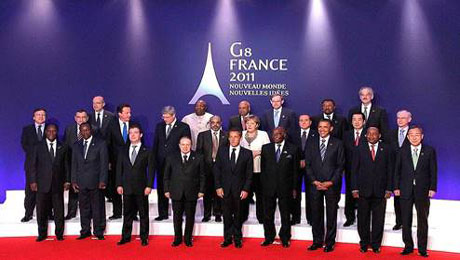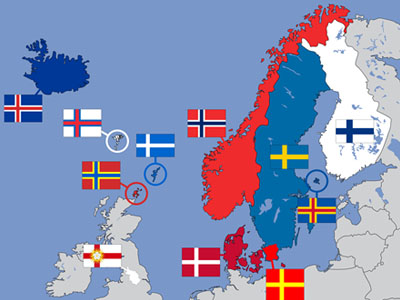SCANDINAVIAN SUSTAINABILITY
LEADERS IN SUSTAINABILITY
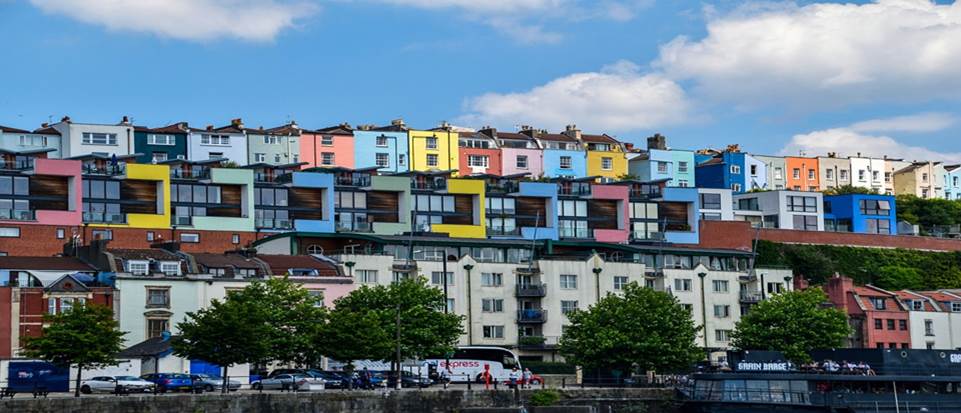

Written for JESPIONNE

Linn Bjork Borgsdottir
For decades, carbon emissions produced by burning fossil fuels have been emitted into the earth’s atmosphere, causing global warming and human-induced climate change. Scientists, however, the countries of Europe that comprise ‘Scandinavia’ (Denmark, Finland, Iceland, Norway, and Sweden) enjoy a positive reputation of being world leaders when it comes to climate change, as well as a host of other issues such as human rights and social welfare.
We often hear praise about Scandinavia in the international media, but why exactly is Scandinavia at the forefront of combating climate change, and what enables them to succeed? Journalists from ‘The Groundtruth Project’ conclude that it’s because Scandinavia has the motivation to address climate change (Scandinavia is especially vulnerable to the consequences of climate change), has financial incentives for its residents to be sustainable, and sustainability efforts enjoy strong support from the national government.
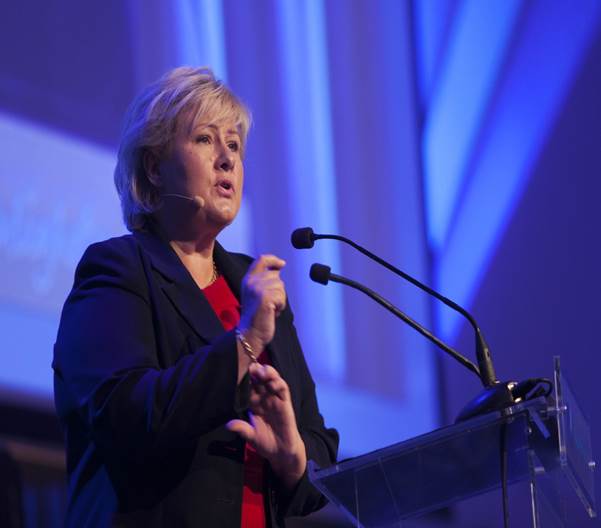
Under the leadership of Erna Solberg, Norway is a signatory to the Paris Agreement, which aims to “reduce harmful greenhouse gas emissions to limit the global increase in temperature to less than 2˚C”. Also, the government seeks to reduce Norway’s greenhouse gas emissions by 40% by 2030 and is a pioneer in the renewable energy sector.

July 2020

Tao Crown
Temperatures are predicted to increase more at the North and South Poles and surrounding regions. Science Nordic explains that being in the Arctic region, Scandinavian countries such as Sweden will experience a temperature increase of up to 7 degrees Celsius, leading to problems with retreating glaciers and disruptions to native wildlife such as reindeer. Areas of Denmark, a low lying country, are at threat of being swamped by sea level rise. Scandinavia as a region has a lot to lose and therefore incentive to slow the forces of climate change.
Beyond setting ambitious goals, Scandinavia has found a way to get their residents on board. The Groundtruth Project journalist Charlotte Weiner writes, “In Copenhagen, and in Oslo, too, governments and policymakers have set up systems that align self-interest- namely, financial- with the collective aim of sustainability.” When biking to work is cheaper than driving and installing solar panels on roofs is a cost-saving measure, residents are more environmentally friendly because it makes financial sense for themselves.
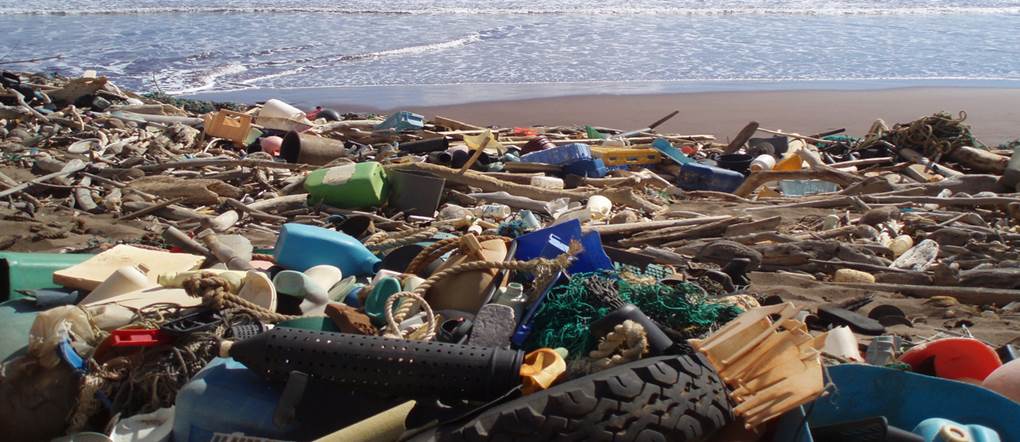
While we can lobby our governments around the world to follow the lead of Scandinavian governments and implement financial incentives to be environmentally friendly (which would be great), it’s also true that many governments don’t have extensive resources like the Scandinavians to do so. Incredibly, there is something that we could do that essentially comes at no cost: divest from fossil fuels. If the investment that is being poured into fossil fuel companies were being invested in renewable energy, we would see renewable energy become more efficient and effective.
You can find a list of the world’s top 200 fossil fuel companies at http://world.350.org/australia/files/2017/01/Fossil_Free_Indexes_The_Carbon_Underground.pdf and more resources about divestment at https://350.org/. Amongst predictions that the world may run out of fossil fuels by as early as 2050, it’s time to invest in developing alternatives. Petition your local and regional governments, universities, public institutions, friends and family to divest!


Reference Article

By CHARLOTTE WEINER for The Groundtruth Project
We couldn’t find a recycling bin. The kitchen I shared with flatmates during my four months living in Copenhagen this spring was filled with environmentally-conscious design – a refrigerator that beeped at us if we left it open for too long, a toaster that shut down after lightly toasting a side of bread, energy-efficient light bulbs that hung from the ceiling above. But when we asked for a receptacle for our bottles and cans, we learned that very few households have the need to recycle their waste in Copenhagen – the government takes care of their trash.I had traveled to Denmark to study environmental sustainability at the Danish Institute for Study Abroad. Over the course of the spring, I experienced first-hand the eco-friendly life that is so ingrained in their culture. I biked to school every morning, visited an island off of Denmark’s southern coast that is nearly carbon neutral. During a week-long visit to Norway, I walked through Oslo’s streets as Teslas rolled by.
On the surface, the Scandinavians seemed eco-perfect and virtuous, their commitments to sustainability a reflection of how much more they care about the environment than we do in the U.S. But as I looked at the region’s environmental habits more closely, I came to understand that there was a different, more practical force that drove their successes.In Copenhagen, on the island, and in Oslo, too, governments and policymakers have set up systems that align self-interest – namely, financial – with the collective aim of sustainability.The Danes and Norwegians I talked with had reason to care about the environment. In the face of climate change, temperatures are projected to rise higher in Scandinavia than the global average, and precipitation is expected to become increasingly extreme. Sea level rise and storm surges will affect the low-lying cities that lace Scandinavia’s coasts.



But these Scandinavians did not bike, buy Teslas, or install solar panels on their roofs because, first and foremost, it was the environmentally friendly thing to do. That came as a bonus. They did it because it made sense: because it cost less because it was easy.In the U.S., and especially in coastal cities like Boston, we too have reason to care about the environment. But we lack many of the incentives to do so. And imagining that others – whether our neighbors or counterparts in Scandinavia – live sustainably because they care more does little except justify our inaction. In Copenhagen, I also saw first-hand the impact of the lack of incentives. It’s not that the Danish government recycles their citizens’ trash. It burns 80 percent of all household waste and recycles only the remaining 20 percent. In the U.S., meanwhile, the 2013 recycling rate was more
than 34 percent. The discrepancy exists because, in Denmark, there is not yet a system for recycling; in the U.S., the government subsidizes such programs. Danes have been incinerating waste for decades, and the government is just beginning to push recycling initiatives. They do not go out of their way to recycle, just as they would not go out of their way to bike, install a solar panel or buy an electric car. Until there is some other driving force, the Danes will not invest in recycling.My flatmates and I thought that our commitment to the environment would be a driving force. We meant to recycle this spring – we stacked used paper in one corner, lined up empty plastic bottles on the window sill. They stood untouched until the end of the semester when we threw them all away.

CALL TO ACTION


THE GROUNDTRUTH PROJECT


REFERENCE SOURCES

Photos by
Wu Guanzhong, Thomas Fuesser,
Original Sourceby
http://theculturetrip.com/asia/articles/10-most-influential-asian-art-collectors/%20http:/www.galleryintell.com/top-art-stories-the-frick-collection/%20http:/www.sothebys.com/en/news-video/blogs/all-blogs/eye-on-asia/2016/07/korean-superstar-top-curates.htm
TAGS
Alan Lau / Asian Art / Chinese Matisse / Sigg Collection / Min Paku / Long Museum / Chinese Art Collectors / Hong Kong / Fukutake Foundation / Benesse Art Site Naoshima

March 1 st, 2019

INTERVIEWS
















